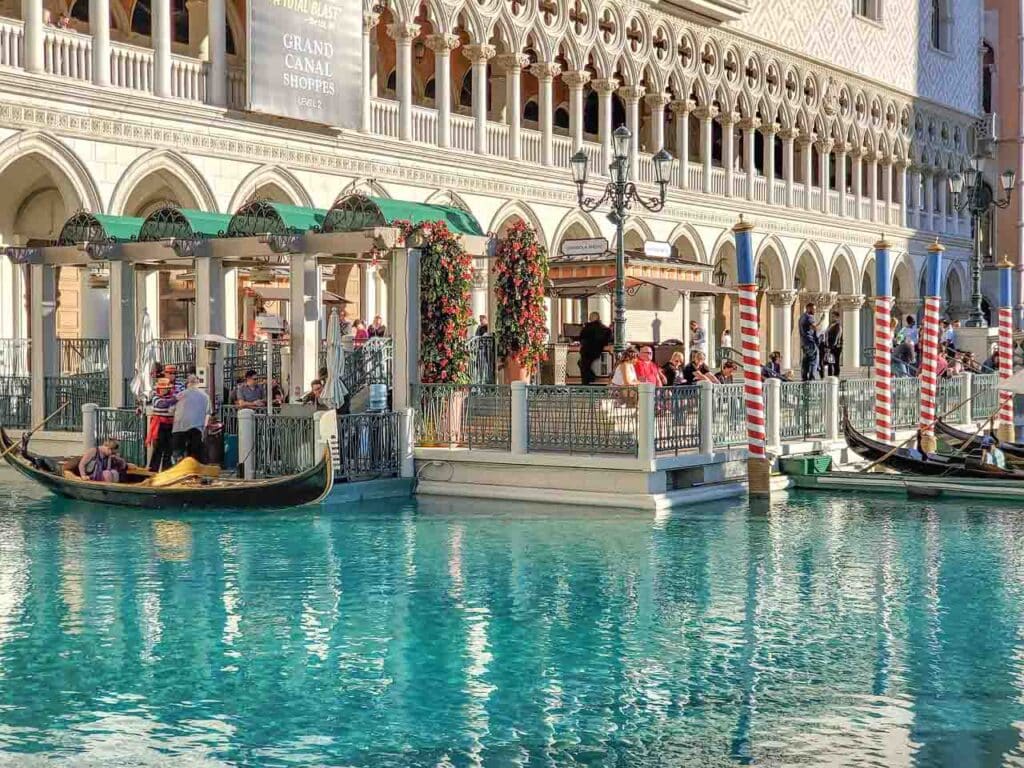I. Introduction
The Las Vegas Strip is a sensory overload of dazzling lights, iconic landmarks, and vibrant energy. As a photographer, this world-famous boulevard offers a plethora of opportunities to capture the essence of this bustling city. This guide provides comprehensive photography tips to help you make the most of your photographic journey on the Las Vegas Strip.
II. Time and Lighting
1. Golden Hour and Blue Hour
- Utilizing the soft, warm tones of sunrise and sunset for dramatic shots.
- Making the most of the unique lighting during twilight.
2. Night Photography Techniques
- Mastering long exposures for capturing the neon-lit skyline.
- Choosing the right settings for low-light conditions.
III. Iconic Landmarks and Architecture
1. Framing the Casinos and Resorts
- Techniques for capturing the grandeur and unique features of each establishment.
- Utilizing leading lines and angles for dynamic compositions.
2. Aerial Perspectives
- Capturing the Strip from elevated vantage points, such as observation decks or helicopters.
- Tips for minimizing reflections and distortions in glass windows.
IV. Street Photography on the Strip
1. Candid Moments and Street Scenes
- Documenting the diverse crowd and street performers.
- Techniques for blending into the environment and capturing authentic moments.
2. Portraits against the Neon Backdrop
- Engaging with locals and tourists for compelling portrait shots.
- Utilizing the neon lights as a vibrant and dynamic backdrop.
V. Capturing the Energy of the Strip
1. Motion and Action Shots
- Techniques for freezing fast-moving subjects like cars and pedestrians.
- Panning techniques for conveying a sense of movement.
2. Time-lapse and Hyper-lapse
- Creating dynamic, time-compressed sequences of the Strip’s bustling activity.
- Equipment and settings for smooth and engaging time-lapse videos.
VI. Composition and Framing
1. Rule of Thirds and Leading Lines
- Guiding the viewer’s eye through the frame for a balanced composition.
- Utilizing architectural elements and streets for dynamic leading lines.
2. Symmetry and Reflections
- Identifying symmetrical opportunities in the urban landscape.
- Utilizing water features, glass surfaces, and mirrors for captivating reflections.
VII. Special Events and Festivals
1. Documenting Seasonal Celebrations
- Tips for capturing the Strip’s themed displays and decorations during holidays.
- Techniques for photographing special events and parades.
2. Fireworks and Light Shows
- Planning and preparation for capturing dazzling displays of fireworks and light performances.
- Choosing the right equipment and settings for night-time pyrotechnics.
VIII. Post-Processing and Editing
1. Enhancing Colors and Contrast
- Bringing out the vibrant hues and dynamic contrasts of the Strip’s neon lights.
- Fine-tuning color balance and saturation for impactful images.
2. Noise Reduction and Sharpness
- Managing noise in low-light images and optimizing sharpness for detail-rich shots.
- Selective sharpening techniques for specific elements in the frame.
IX. Legal and Ethical Considerations
1. Respecting Private Property and Security
- Guidelines for photographing within casinos, resorts, and private establishments.
- Understanding and respecting security and privacy policies.
2. Model Releases and Consent
- Obtaining permission for photographing individuals in public spaces.
- Understanding the legal implications of commercial use of images.
X. Showcasing Your Las Vegas Strip Photography
1. Sharing on Social Media and Photography Platforms
- Curating and presenting your Strip photography for online audiences.
- Engaging with the Las Vegas photography community and travel enthusiasts.
2. Creating a Strip Photography Portfolio
- Selecting and organizing images for a cohesive and impressive showcase.
- Leveraging your Strip photography for personal or professional purposes.
XI. Conclusion
The Las Vegas Strip is a visual spectacle, a canvas of lights and human drama that unfolds 24/7. Armed with these tips and techniques, you’re ready to embark on a photographic adventure that captures the spirit and essence of this iconic boulevard. Now, grab your camera, venture into the heart of the Strip, and let the magic of Las Vegas inspire your lens.
- What is Midjourney
 Discover the capabilities of Midjourney AI, learn how to effectively utilize the platform, and explore the advantages and disadvantages of the Midjourney AI image generator across its different pricing options.
Discover the capabilities of Midjourney AI, learn how to effectively utilize the platform, and explore the advantages and disadvantages of the Midjourney AI image generator across its different pricing options. - Brand identity elements
 In the vast marketing universe, imagery is pivotal in establishing and nurturing a brand’s identity. A brand’s visual choices are not merely aesthetic decisions but strategic moves that can significantly influence perception and performance. This Picfixs article explores the intricacies of selecting imagery that complements and enhances a brand’s essence, ensuring it resonates with the… Read more: Brand identity elements
In the vast marketing universe, imagery is pivotal in establishing and nurturing a brand’s identity. A brand’s visual choices are not merely aesthetic decisions but strategic moves that can significantly influence perception and performance. This Picfixs article explores the intricacies of selecting imagery that complements and enhances a brand’s essence, ensuring it resonates with the… Read more: Brand identity elements - 100 Best Mountain Captions and Mountain Quotes for Instagram
 Ready to scale new social media heights? Look no further than this treasure trove of 100 exhilarating captions and quotes, handpicked for your Instagram mountain posts!
Ready to scale new social media heights? Look no further than this treasure trove of 100 exhilarating captions and quotes, handpicked for your Instagram mountain posts! - Symmetry in Photography: A Creative Approach with Examples
 Delve into the enchanting realm of symmetry in photography as we showcase mesmerizing examples on our website. Experience the allure of perfectly mirrored images!
Delve into the enchanting realm of symmetry in photography as we showcase mesmerizing examples on our website. Experience the allure of perfectly mirrored images! - 11 Quarantine Photoshoot Ideas to Try at Home for Amazing Photos
 Looking for unique photoshoot ideas during quarantine? Explore the 11 creative suggestions that will help you capture unforgettable moments at home.
Looking for unique photoshoot ideas during quarantine? Explore the 11 creative suggestions that will help you capture unforgettable moments at home.


